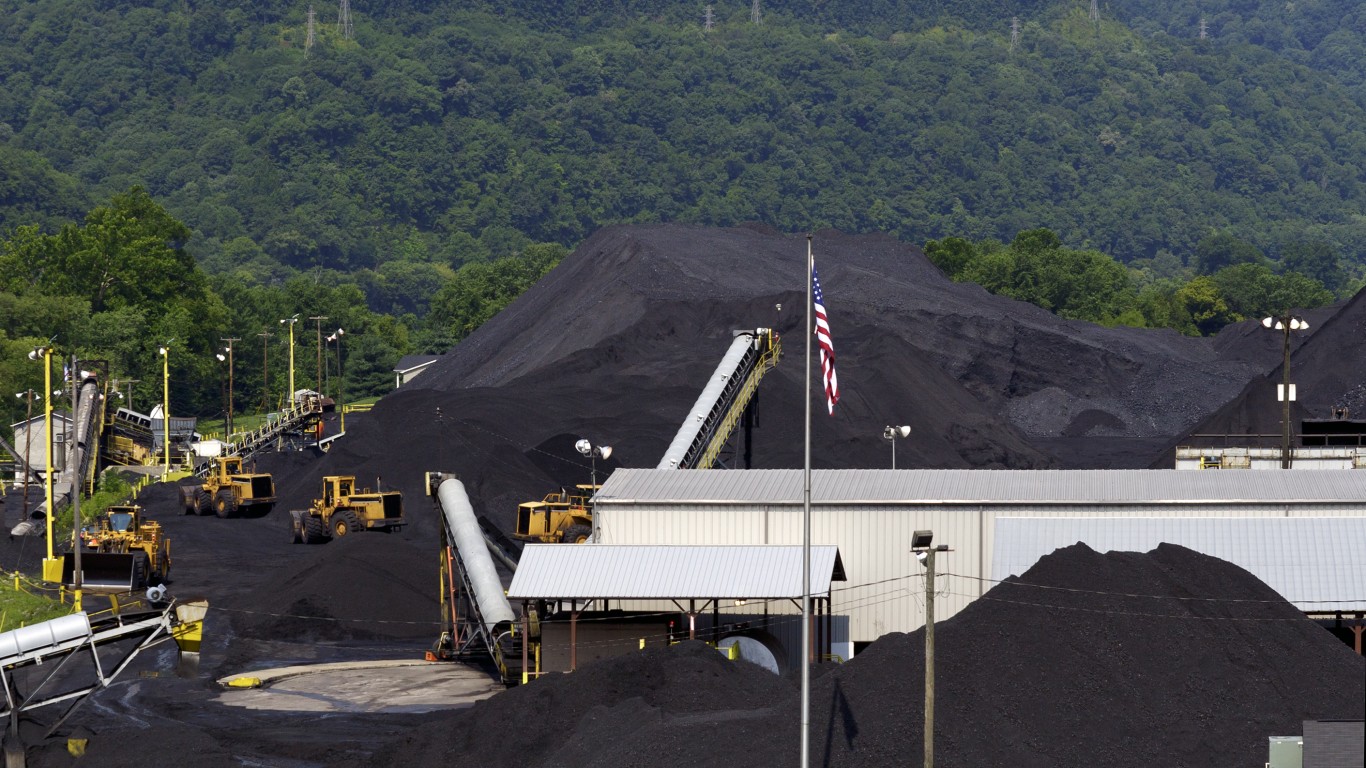
The EIA has noted for nine weeks running that inventories have reached an 80-year high. But are the tanks full?
Total U.S. working storage capacity, according to the most recent EIA data from last September, is 521 million barrels, and according to last week’s EIA report there are 449 million barrels already in storage. Of the total that the agency reports as in storage, however, are approximately 120 million barrels that are being “stored” in pipelines, on ships, or in local tanks that hold crude from low-producing wells. Thus, the actual remaining capacity in working storage tanks is closer to 200 million barrels.
Since January, U.S. crude stockpiles have grown by about 66.5 million barrels. That is an average of 6.65 million million barrels a week. To fill U.S. storage tanks to the top would take another 30 weeks. That will not happen.
Another often-cited example of the storage glut is the industry’s main pricing hub at Cushing, Okla., which has a total capacity of 71 million barrels. About 51 million barrels were being stored there as of March 6. Since January, the total amount of crude in storage at Cushing has risen by 19.5 million barrels, or nearly 2 million barrels a week for the 10-week period.
At that rate, it will take another 10 weeks to fill Cushing’s working storage capacity. That is not going to happen, and even if it does, there would still be more than 150 million barrels of available storage elsewhere in U.S. tanks.
Why won’t these things happen? Because refinery closures for maintenance will end and demand for refined products will pick up. Second, the impact of production cuts will begin to be felt relatively soon. Finally, consumer demand is picking up as U.S. drivers are buying bigger, less fuel-efficient vehicles and the summer driving season rolls around.
ALSO READ: States With the Highest Gas Prices
100 Million Americans Are Missing This Crucial Retirement Tool
The thought of burdening your family with a financial disaster is most Americans’ nightmare. However, recent studies show that over 100 million Americans still don’t have proper life insurance in the event they pass away.
Life insurance can bring peace of mind – ensuring your loved ones are safeguarded against unforeseen expenses and debts. With premiums often lower than expected and a variety of plans tailored to different life stages and health conditions, securing a policy is more accessible than ever.
A quick, no-obligation quote can provide valuable insight into what’s available and what might best suit your family’s needs. Life insurance is a simple step you can take today to help secure peace of mind for your loved ones tomorrow.
Click here to learn how to get a quote in just a few minutes.
Thank you for reading! Have some feedback for us?
Contact the 24/7 Wall St. editorial team.



